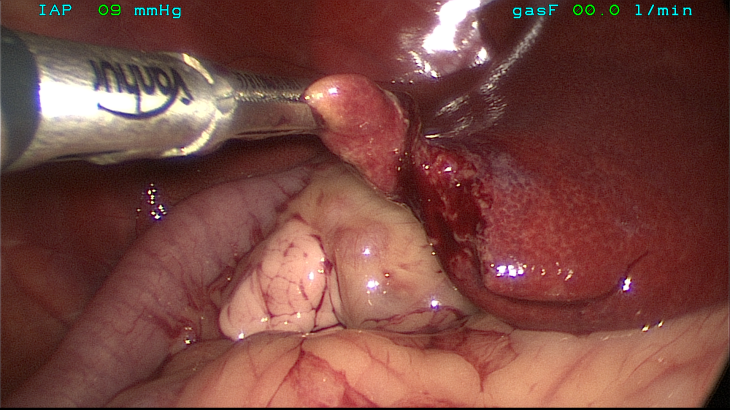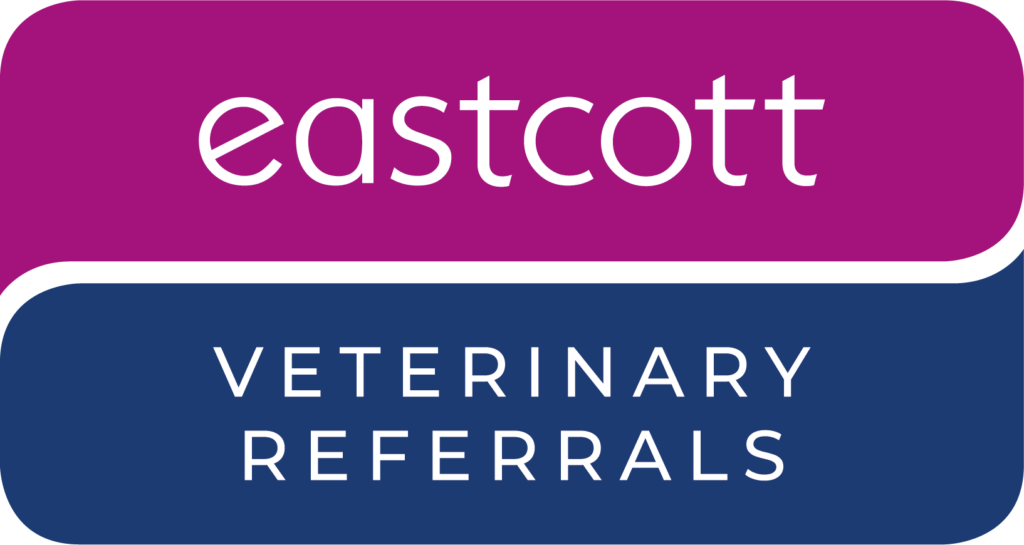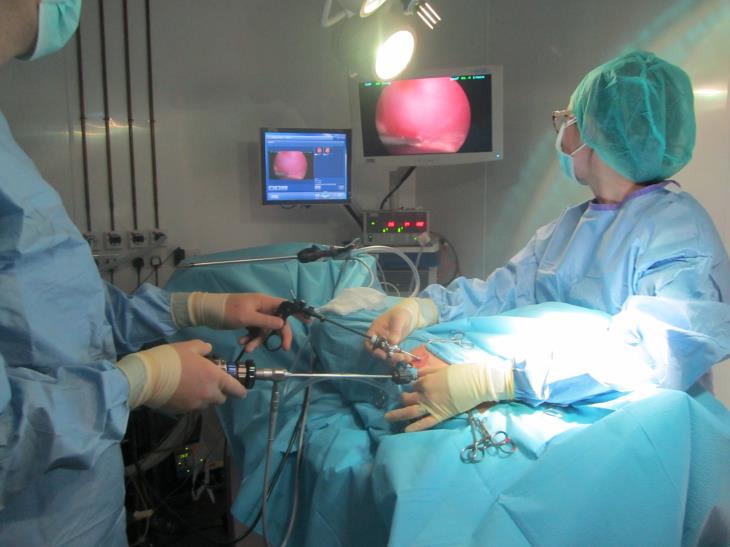Categories
Minimally Invasive Surgery in Small Animals
Minimally invasive surgery (MIS) is becoming increasingly popular as a surgical approach in human healthcare.
Although early procedures were limited to diagnostics, an increasing range of therapeutic interventions are now widely being used and in fact have now been adopted as “standard of care” based on evidence from large clinical trials.

allows the MIS patients to recover faster and experience less postoperative pain than those animals who undergo equivalent open surgery. There are also significant advantages to the surgeon in that it is often easier to access certain areas of anatomy using MIS, procedures are often faster than the equivalent open surgery and anatomy is greatly magnified potentially leading to an increased sensitivity in detecting early disease.
MIS is associated with some disadvantages. These include: a loss of tactile feedback; the magnification of viscera can be confusing and complicated surgeries can take much longer than open surgical techniques. There is also a lack of flexibility once the instrument ports have been placed should the operative plan change during the procedure.
There have been significant advances made in the field of MIS. Laparoscopy/Thoracoscopy is no longer limited to being purely diagnostic. Therapeutic interventions such as cholecystectomy, adrenalectomy, pericardiectomy and thoracic duct ligation can now be safely performed providing that appropriate cases are selected.
It must be remembered that MIS is a type of surgical approach. It will not always be appropriate to perform a specific surgery using MIS techniques in a specific patient. Similarly, the surgical objectives have to be able to be accomplished in as safe a manner as the open alternative approach. There is always a risk of having to convert an MIS procedure to an open surgery if unanticipated circumstances are encountered and clients need to be aware of and accept this risk.
Why refer MIS cases to Eastcott Referrals?
- We are one of a very small number of centres in the UK with well over 10 years experience in performing MIS procedures. We have accumulated a wealth of experience during that time.
- Tim is regularly involved with training vets from all over the UK in the field of laparoscopy/MIS and has lectured both nationally and internationally on the subject.
- Eastcott Referrals has invested in top of the range HD systems and advanced instrumentation allowing us to safely perform advanced, complex procedures such as cholecystectomy and thoracic duct ligations.
- All referred patients are operated on by one of our experienced referral surgeons who are all recognised specialists.

